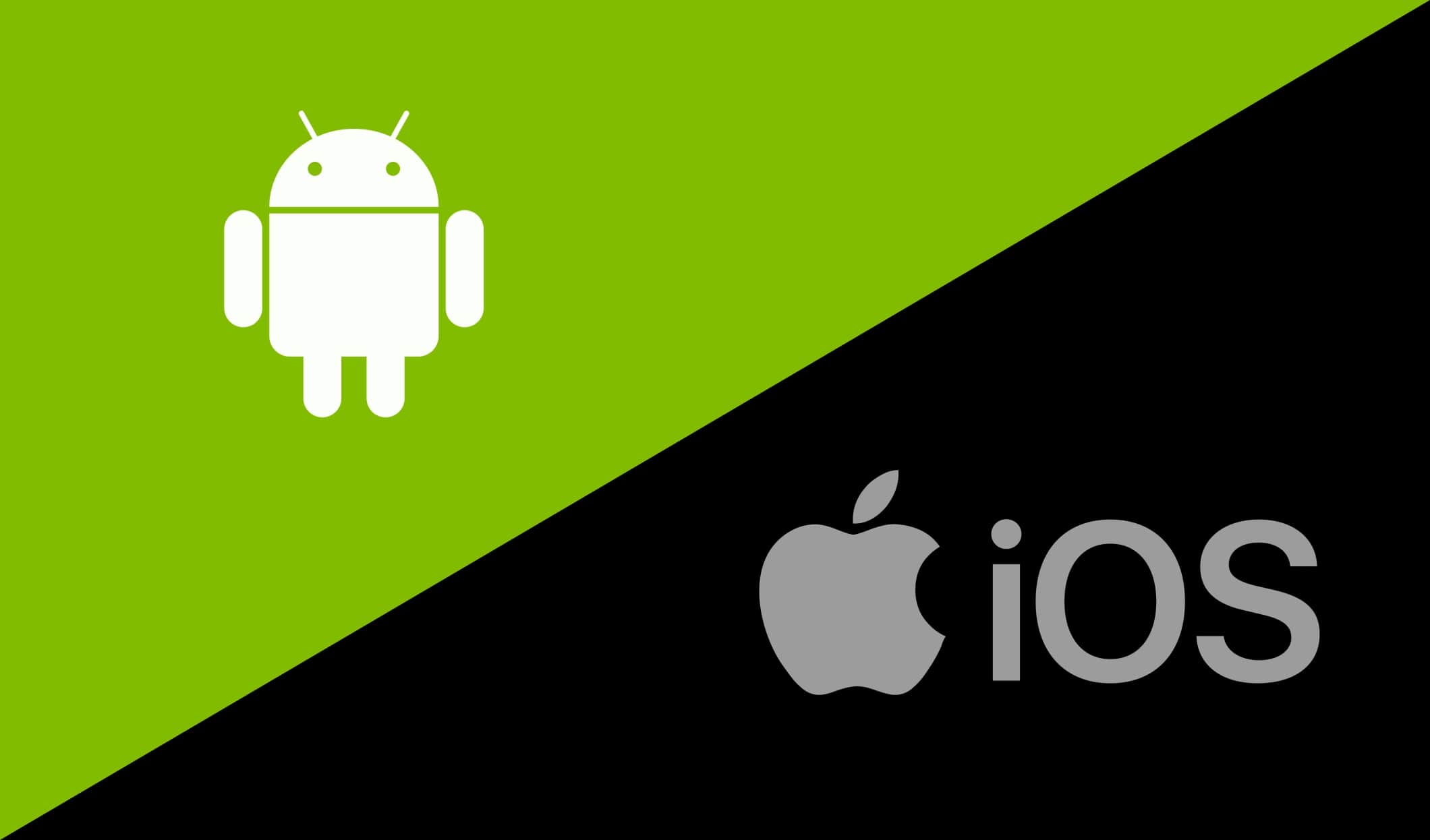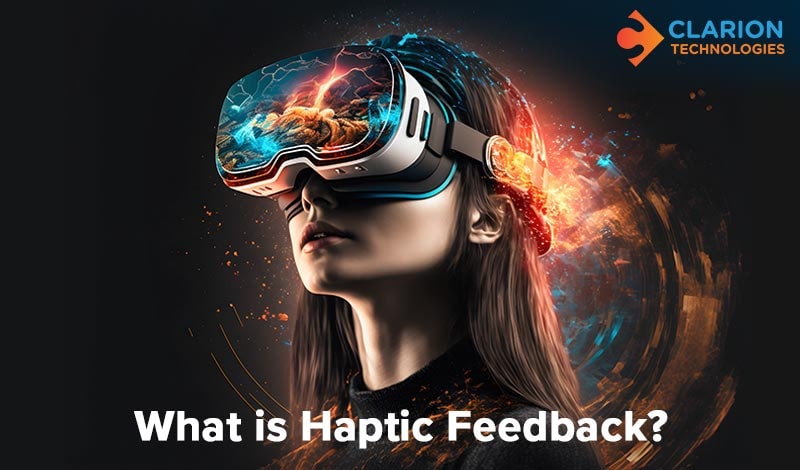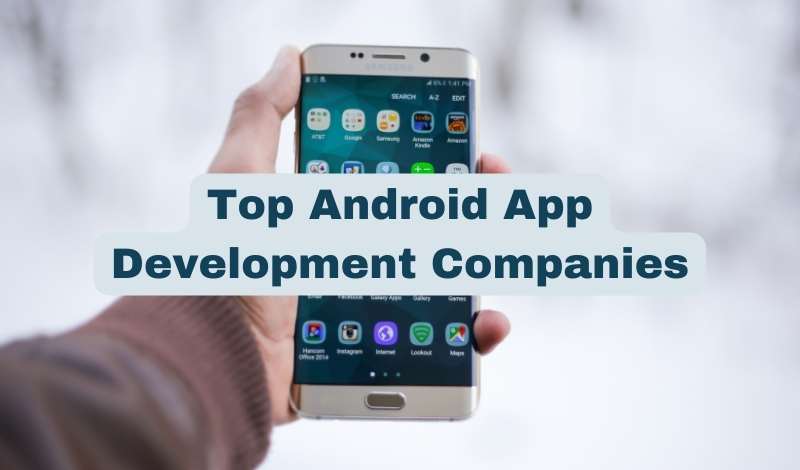The bustling landscape of mobile devices has led to the rise of modern operating systems that prioritize optimizing the advantages and limits of the hardware environment to facilitate smoother and enriched user interfaces.
Of the several notable mobile operating systems, Android, developed by Google, and iOS, developed by Apple, are the two giants that are reigning in the market, capturing a large consumer base.
In this blog, we will delve into the intricacies of both these mobile platforms right. From understanding the unique characteristics and their differences, we aim to provide valuable insights that can elevate your understanding of creating remarkable mobile interfaces for both ecosystems. Let’s unravel the differences between Android and iOS first.
Main Differences between Android vs iOS App
At a broad level, Android has extended utility among mobile manufacturers owing to its open-source software, which is highly advantageous from the development cost perspective and offers a broad scope for customization.
Apple’s iOS runs on a particular set of devices, which narrows the compatible hardware components in contrast to Android. However, this aspect is also a significant advantage, as iOS designs provide a highly responsive and fast interface within its hardware limitations.
In a nutshell, iOS, as the closed ecosystem, prioritizes uniformity and simplicity, creating a cohesive experience across its exclusive range of devices. Android, the open-source alternative, champions diversity, and customization, allowing a broad spectrum of devices with interfaces tailored to user preferences.
As the distinct design philosophies of iOS and Android serve as pillars shaping user experiences, it is essential to understand the nuances and establish a comparative landscape of iOS and Android UX Design.
iOS vs. Android UX Design:
iOS
The innate philosophy of Apple's iOS User Experience (UX) design commits to emulating simplicity. This ground orientation has been one of the significant reasons for the impeccable growth of iOS despite its hardware predicaments.
The fundamentals of iOS UX design are staunchly rooted in the power of less. This orientation is reflected in iOS from when a user unlocks their device. With clean lines, uncluttered spaces, and precisely designed icons, iOS creates a visual canvas where users can focus on the core functionalities of their devices without distraction.
iOS UX design adapts a consistent design language of icons. Such a blend of simplicity and uniformity in terms of shapes, colors, and styling contributes immensely to the overall aesthetics and also enables users to accelerate the learning curve. Further, such meticulous design ensures effortless and intuitive navigation.
The design guidelines incorporated by iOS in terms of the placement of buttons, the use of gestures, etc., inadvertently aim to create an environment where users can predict how their devices will respond to their inputs.
Moreover, the UI design on iOS remains mainly similar to each operational hardware component of the iOS ecosystem. This ensures the users feel at home regardless of their Apple device. This simplicity in iOS UX design operates in tandem with the changing dynamics of technology, accommodating concurrent features like VoiceOver, Dynamic Type, and Assistive Touch.
Android
Android, in contrast, puts customization at the forefront. The idea of personalization presented by Android is a philosophy rather than a mere feature that provides a broad scope of inclusion. Here, the users are attested with the control to create interfaces adorned with widgets, themes, and individual flair.
This orientation empowers the user to dictate their experience and its nuances. Android devices allow users to curate their home screens with weather updates, calendar events, and news feeds, adjust text size, enable color inversion, or utilize screen readers.
However, this kind of flexibility results in a diverse array of devices running on the Android operating system alongside manufacturer-specific customizations (such as Samsung's One UI or Xiaomi's MIUI) but doesn’t set a standardized UX.
This challenge for Android's UX design to maintain harmony amid diversity is addressed through Google Material Design. A set of guidelines provides a foundation for consistent and intuitive design across Android devices through established principles for UI elements, animations, and interactions.
These guidelines act as a framework that developers can follow to create harmonious experiences without compromising on the luxury of personalization.
Notification
iOS
iOS notifications are streamlined neatly by stacking information in chronological order. The UX design follows a centralized approach that delivers a chronological arrangement of notifications based on arrival time. Such nuance provides users with a clear digital timeline.
Moreover, iOS UX design includes a priority-based system to determine the order in which notifications are presented regarding high-priority notifications, such as urgent alerts, to ensure conscious compartmentalization based on importance.
Furthermore, the iOS framework also assures user privacy. It offers meticulous notification previews that provide a glimpse of the content, thus maintaining discretion and efficiency. Notifications, whether iPhone, iPad, or Apple Watch, are synchronized across Apple devices, providing immense continuity for iOS users.
However, such a staunchly centralized approach leaves little room for customization and flexibility.
Android
Android user experience (UX) design’s approach towards notifications emulates the essence of customization in the true sense. Android’s decentralized model offers users granular control over their notifications. It allows users to customize notification settings per app, dictating how, when, and where they receive alerts.
Android's notification system offers different types of priorities for notifications where users can customize the behavior and presentation of each application independently. Yet, Android UI remains prone to glaring inconsistencies across apps with potential confusion.
Furthermore, these UI behaviors remain subject to the devices used, as Android is operational on various devices with varying screen sizes, form factors, and manufacturer-specific overlays.
Controls
iOS
iOS depends heavily on gestures for navigation, going beyond the traditional boundaries of buttons and taps. The gestures remain uniform across the apps, whether navigating through the home screen, scrolling through a list, or zooming into an image.
The muscle memory users develop through repeated interaction largely contributes to improving user efficacy in using a device and transitioning within a device ecosystem. This design choice offers integral tactile intuition, making the interaction between the device and the user more mechanical.
Nevertheless, balancing innovation and user continuity is a delicate endeavor for iOS designers. Introducing new features, functionalities, and gestures poses a challenge to usher innovation while minimizing disorientation.
Android
Android User Experience (UX) design offers an impeccable blend of adaptability, combining gesture-based navigation and traditional on-screen buttons that cater to a diverse user base with varying preferences.
This dual approach in UI design consolidated the best of both worlds. It lends a contemporary touch through gesture-based navigation. Moreover, it facilitates intuitive and fluid interaction and retains many users' comfort and familiarity with traditional on-screen buttons.
In essence, integrating gestures in Android navigation alongside the conventional navigation modes allows for innovation in design. It also widens the scope of the customization options for the users.
However, the inclusiveness philosophy of Android’s UI design also brings the challenge of striking a balance between traditional design and emerging technologies.
Typography
iOS
Typography plays a pivotal role in shaping the platform's visual language and overall aesthetics. iOS maintains a standardized approach to typography, characterized by a carefully selected system font. This uniformity is not merely a design choice; it's a strategic decision that contributes to a cohesive and harmonious user experience, ensuring readability and brand consistency.
As iOS typography evolves, developers must stay in sync with the changes and adapt their apps accordingly to provide users with a seamless and up-to-date experience.
Android
In Android’s UX design, typography stands out as a dynamic element, providing developers with diverse fonts. By allowing developers to express their app's identity through typography, Android allows developers to tailor a visual language that aligns with their app's purpose and target audience.
While developers can choose fonts, Material Design establishes principles and guidelines that encourage a cohesive and visually pleasing experience.
However, striking a balance between diversity and coherence remains an ongoing pursuit for Android's typographic design.
While we have explored the glaring differences between iOS and Android UX design, it is also imperative to consider their features in contrast to other operating systems. To carry out such a comparative study, it is equally important to consider the common aspects that significantly impact the UX design. Let’s get to it.
Other Platform Standards:
We can broadly narrow down the aspects of software architecture, application development, and developer support to make a comparative study of iOS, Android, Firefox OS, and Windows Phone.
Regarding software architecture, iOS deploys Objective-C, Android uses Java, Firefox OS relies on web technologies, and Windows Phone adopts .Net C#.
Packaging methods differ, with iOS using IPA files, Android relying on APK files, Firefox OS employing web application packaging, and Windows Phone utilizing XAP files.
Application development nuances include varying debugger availability and deployment speeds. iOS and Android excel in debugger availability, with Windows Phone closely following. Deployment speed is fast for iOS and Firefox OS, while Android and Windows Phone are relatively fast. Default deployment application sizes differ, with Firefox OS offering a small footprint.
Developer support and community engagement are pivotal. iOS and Android boast huge communities, while Firefox OS and Windows Phone face challenges with smaller and average communities. Market penetration mirrors these trends, with iOS and Android dominating, Firefox OS achieving minimal penetration, and Windows Phone experiencing limited reach.
Final Thoughts:
In conclusion, our exploration of Android and iOS app UI design reflects that both platforms have strengths and weaknesses. The specific needs of the users primarily govern the ideal options. However, it is vital to realize that emerging technologies and the diversifying preferences of the user base always leave room for improvement and update.
In this innovation journey, designers and developers must stay at the forefront of user feedback and be driven to deliver seamless and engaging experiences on Android and iOS platforms.
Here, having a partner like Clarion Technologies becomes instrumental in creating visually appealing, intuitive, and high-performing applications. Our pool of highly seasoned Android and iOS developers has enabled businesses across sectors to transform concepts into captivating user experiences across platforms. To elevate your mobile interface game, connect with us.



